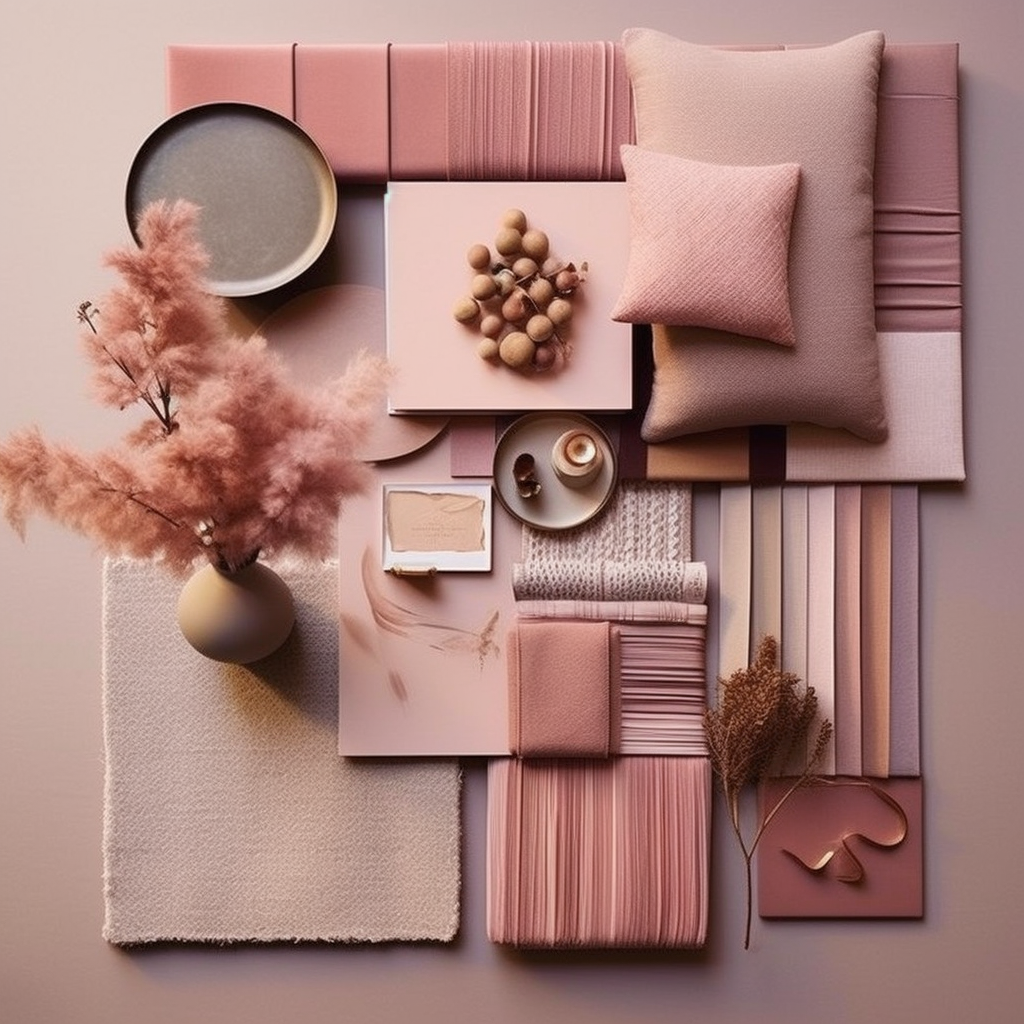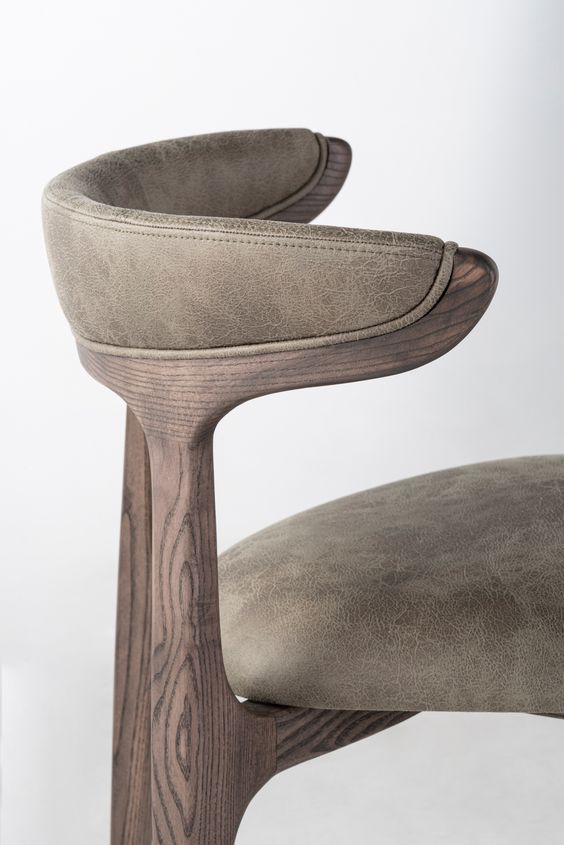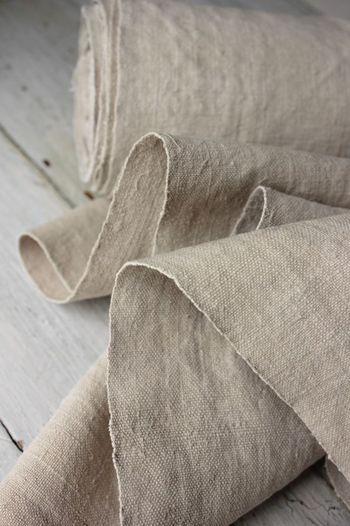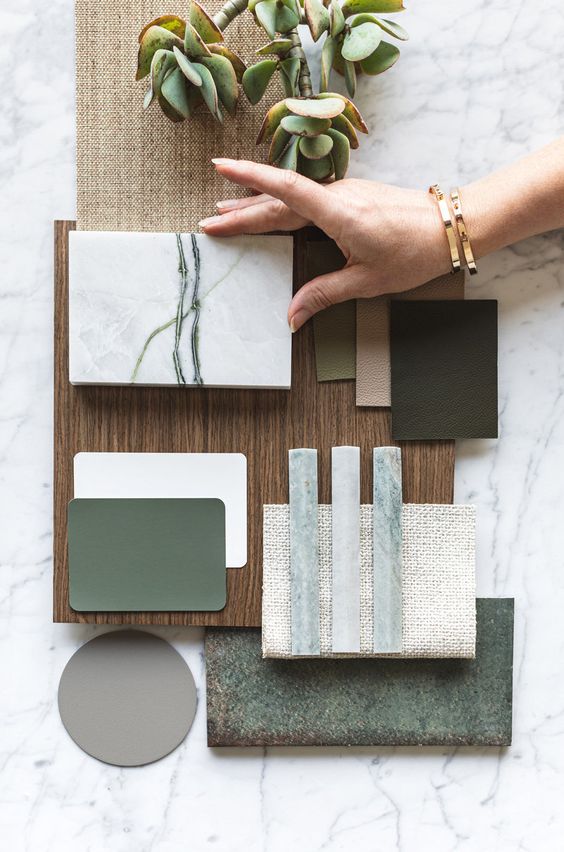Texture is a powerful element in interior design that can significantly impact the look and feel of a space. As an interior designer, mastering the art of texture is essential for creating inviting and visually appealing environments. Here, we'll explore how to use texture effectively to enhance interior spaces.
- Understanding Texture Types: Texture can be categorized into three main types: visual, tactile, and auditory. Visual texture refers to the way a surface looks, tactile texture is how it feels when touched, and auditory texture relates to sound absorption and acoustics. A skilled interior designer knows how to balance these elements.
- Creating Visual Interest: Visual texture is often used to add depth and interest to a room. It can be achieved through various means, such as wall treatments, flooring materials, or decorative elements like curtains, upholstery, and artwork. Combining different textures, such as smooth and rough or matte and glossy, can create a visually stimulating contrast.
- Balancing Tactile Comfort: Tactile texture plays a crucial role in the comfort and functionality of a space. Soft textures like plush carpets, velvety upholstery, and cozy throws can make a room feel inviting and comfortable. However, it's essential to balance these with smoother, easier-to-clean surfaces in high-traffic areas.
- Using Natural Materials: Incorporating natural materials like wood, stone, and leather into your design adds an authentic and timeless texture to a space. These materials often bring warmth and character, making them popular choices for interior designers aiming for a rustic, organic, or minimalist look.
- Considering Scale: Pay attention to the scale of textures in your design. Large-scale textures can make a room feel more open and spacious, while smaller-scale textures can create a cozy, intimate atmosphere. Striking the right balance is key to achieving the desired ambiance.
- Playing with Color and Texture: Texture and color are closely intertwined. Combining different textures with a harmonious color palette can create a cohesive and visually pleasing interior. For instance, pairing a rough, textured wall with soft, neutral-colored furnishings can create a balanced and inviting environment.
- Lighting Effects: Proper lighting can accentuate texture in interior design. Spotlighting textured surfaces or using indirect lighting to wash walls or ceilings can bring out the depth and character of the materials used.
- Sound and Acoustics: Don't forget about auditory texture. Materials like cork, acoustic panels, and fabric-covered surfaces can be used strategically to control sound and create a more pleasant acoustic environment in spaces like offices, restaurants, or home theaters.
- Personalization and Functionality: Always consider the client's needs and preferences when selecting textures. A family-friendly home may require durable, easy-to-clean textures, while a spa or luxury hotel may call for plush and indulgent textures.
- Experiment and Innovate: Interior design is a creative field, and there's room for experimentation. Don't be afraid to push boundaries and explore unconventional textures or combinations to create truly unique and memorable interior spaces.
In summary, texture is a versatile tool in the hands of an interior designer. By understanding the different types of texture, considering the mood and functionality of the space, and artfully combining textures with color and lighting, you can create interior environments that are not only aesthetically pleasing but also comfortable and functional for the people who inhabit them.




